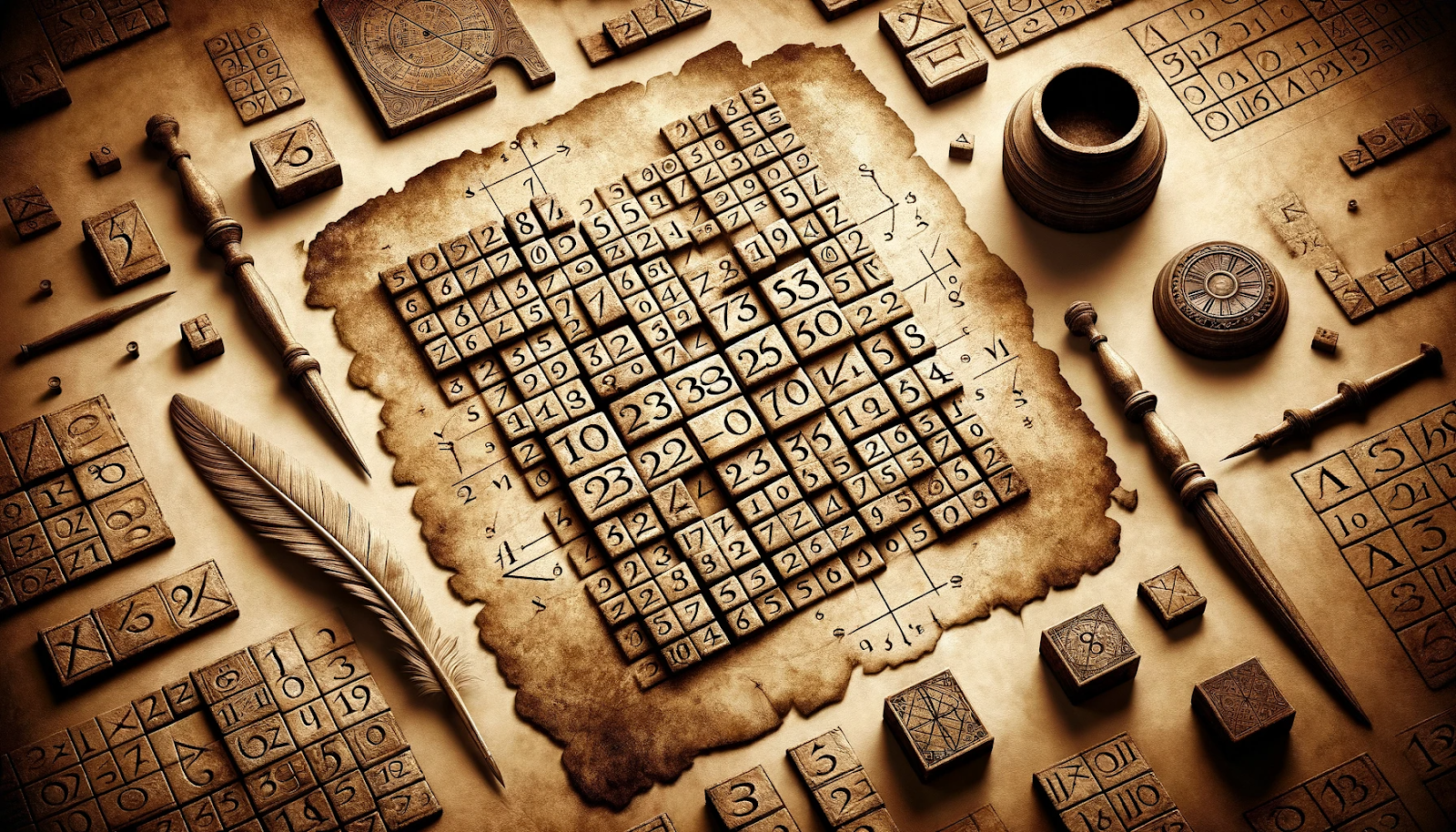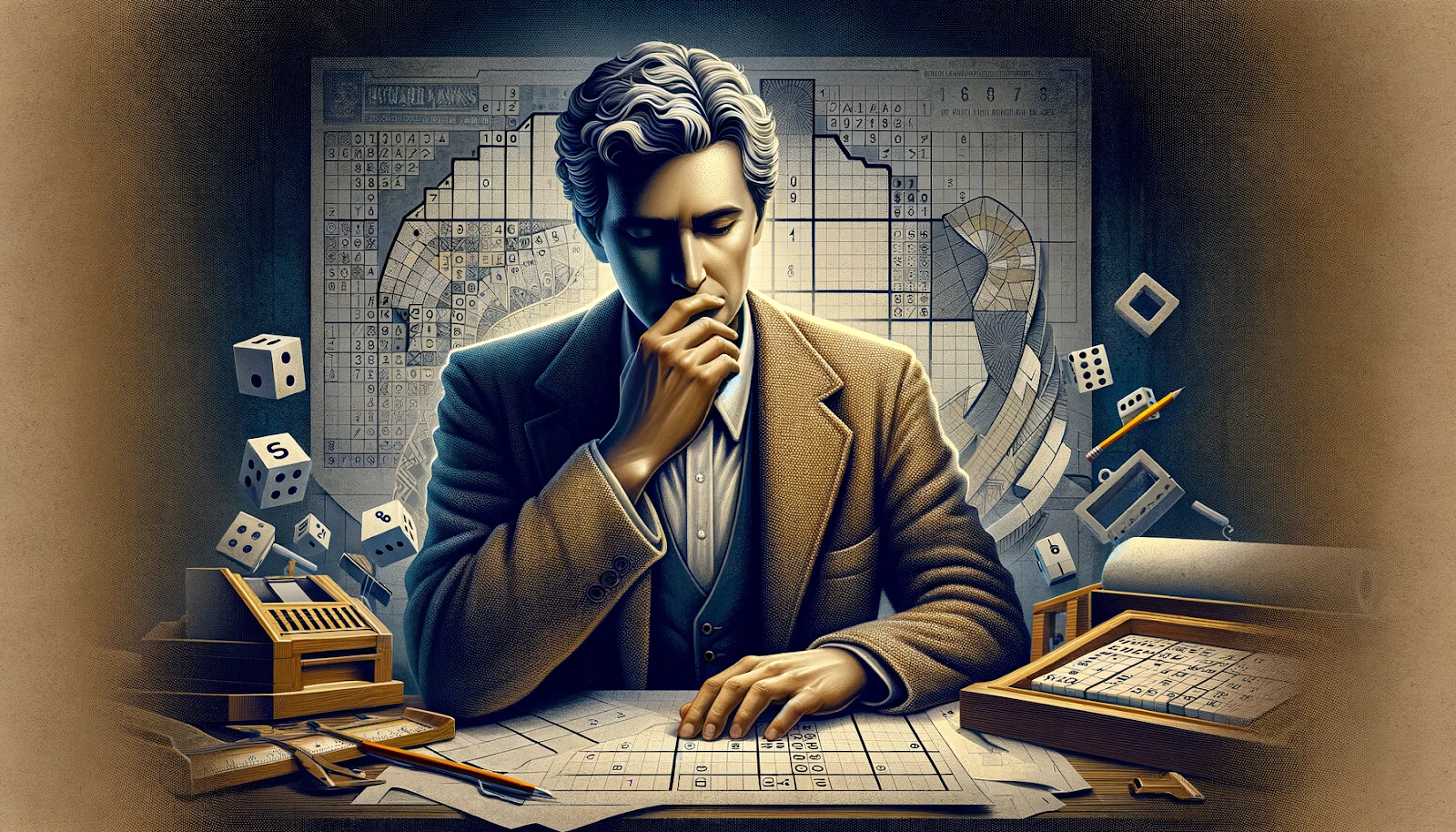The History and Fascinating Journey of Sudoku: From Obscurity to Online Fame
Introduction

Sudoku, a brain-teasing puzzle featured on WaffleJam.com, captivates millions worldwide. Not just a mere pastime, it's a brain gym for enthusiasts eager to sharpen their logical reasoning. Loved for its simplicity and challenge, Sudoku has evolved from a humble beginning to a digital phenomenon, perfect for those seeking to connect, learn, and have fun.
The origins of Sudoku can be linked to ancient number puzzles, with early forms found in civilizations like China and India. Another influence was a Swiss mathematician's concept of Latin Squares, where its journey began as a quest for creating unique number grids. However, the Sudoku we recognise today took shape in the latter half of the 20th century.
Birth of Modern Sudoku

Sudoku as we know it today is believed to have been created by Howard Garns, a 74-year-old retired architect and freelance puzzle constructor from Connersville, Indiana. Dell Magazines first published it in 1979 under the title "Number Place" (the earliest instances of modern Sudoku). Garns was regularly credited in Dell Pencil Puzzles and Word Games issues featuring Number Place, and his name was notably absent in editions without the puzzle. Garns passed away in 1989, not living to see his invention gain global fame.
Its evolution was gradual but steady. Japanese puzzle enthusiasts refined it further, adding the element of symmetry to the arrangement of numbers. The name Sudoku, however, wasn't coined until the 1980s in Japan, signifying its growing popularity and unique structure.
Sudoku: A Name and a Phenomenon
Sudoku, or 数独 in Japanese, combines "su" (number) and "doku" (single). It aptly describes the puzzle's rule: each number must appear exactly once in every row, column, and region. This simple yet profound principle catapulted Sudoku into a global sensation. It's a name that not only identifies the puzzle but also embodies its compelling nature.
Maki Kaji, often hailed as the "Godfather of Sudoku", played a crucial role in the puzzle's ascent to global fame. As the president of Nikoli, a renowned Japanese puzzle company, Kaji was instrumental in debuting Sudoku in the "Monthly Nikolist" in April 1984. His vision transformed Sudoku from a mere number puzzle into a cultural icon. Kaji's dedication to puzzle creation and promotion not only popularised Sudoku in Japan but also set the stage for its international acclaim. His legacy lives on in every 9x9 grid we solve today, a testament to his passion for puzzles and his impact on the world of brain games.
Sudoku Goes Global
The digital era brought a new dimension to Sudoku. Transitioning from print to digital platforms, it found a new home on websites like WaffleJam.com. Online versions of Sudoku, including free Sudoku puzzles, allowed enthusiasts to play anytime, anywhere. This digital shift made Sudoku more accessible, connecting a global community of puzzle solvers.
Sudoku in the Digital Age
Today, Sudoku stands as a timeless and engaging pastime, and WaffleJam Puzzles continues to be at the forefront of this puzzling revolution. Embrace the legacy, challenge your mind, and indulge in the joy of solving Sudoku puzzles at WaffleJam - where every number tells a story, and every grid is a new adventure.
Why Sudoku?
Sudoku isn't just fun; it's a mental workout. It enhances logical reasoning, problem-solving skills, and concentration, making it a favourite among brain game aficionados.
From a mathematical concept to a digital staple on WaffleJam.com, Sudoku's journey is a testament to the timeless allure of puzzles. It's not just a game; it's a culture, a mental sport, and a community builder. Experience this historical puzzle online at WaffleJam.com, where free Sudoku puzzles await to challenge and delight you.